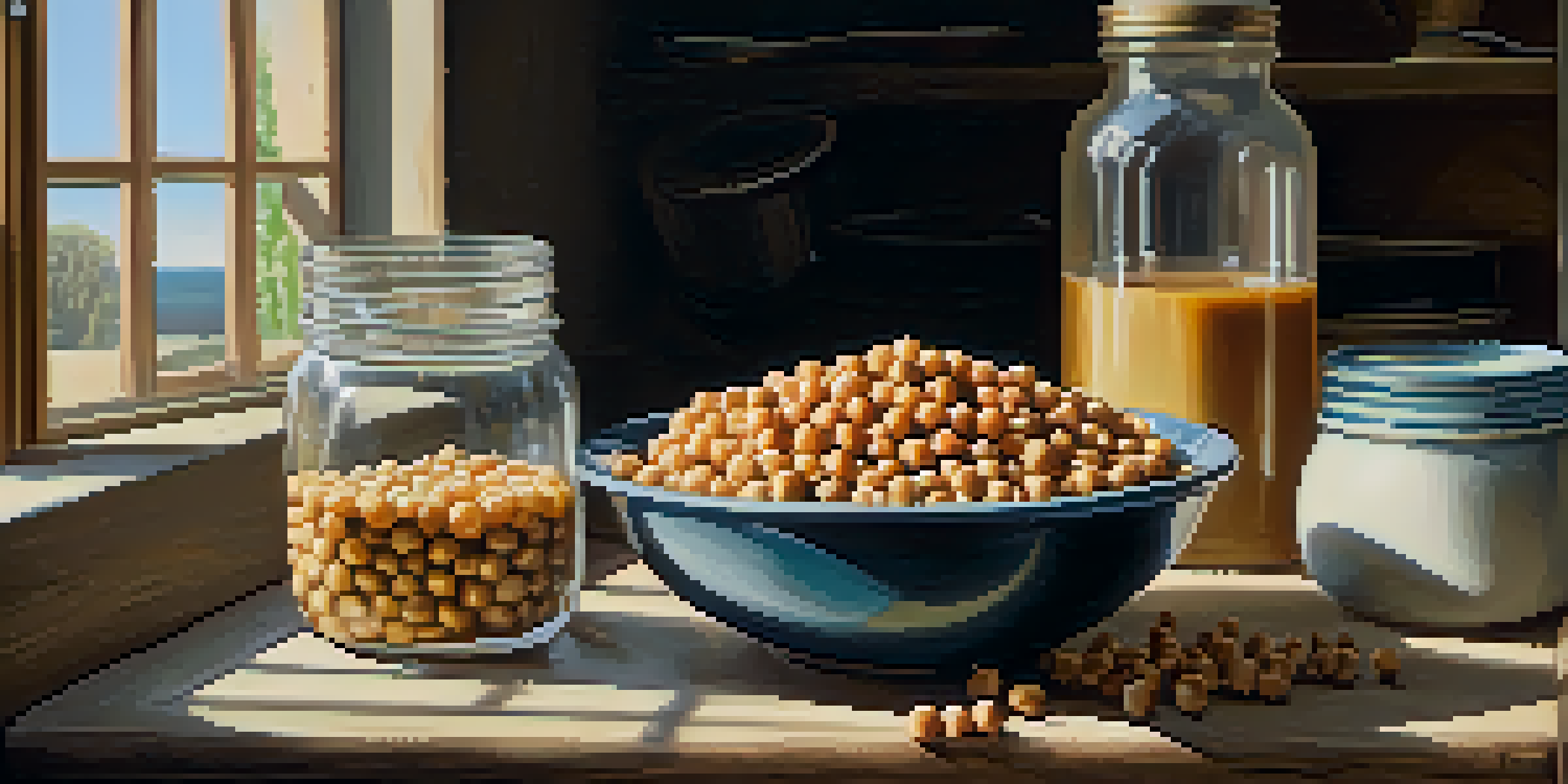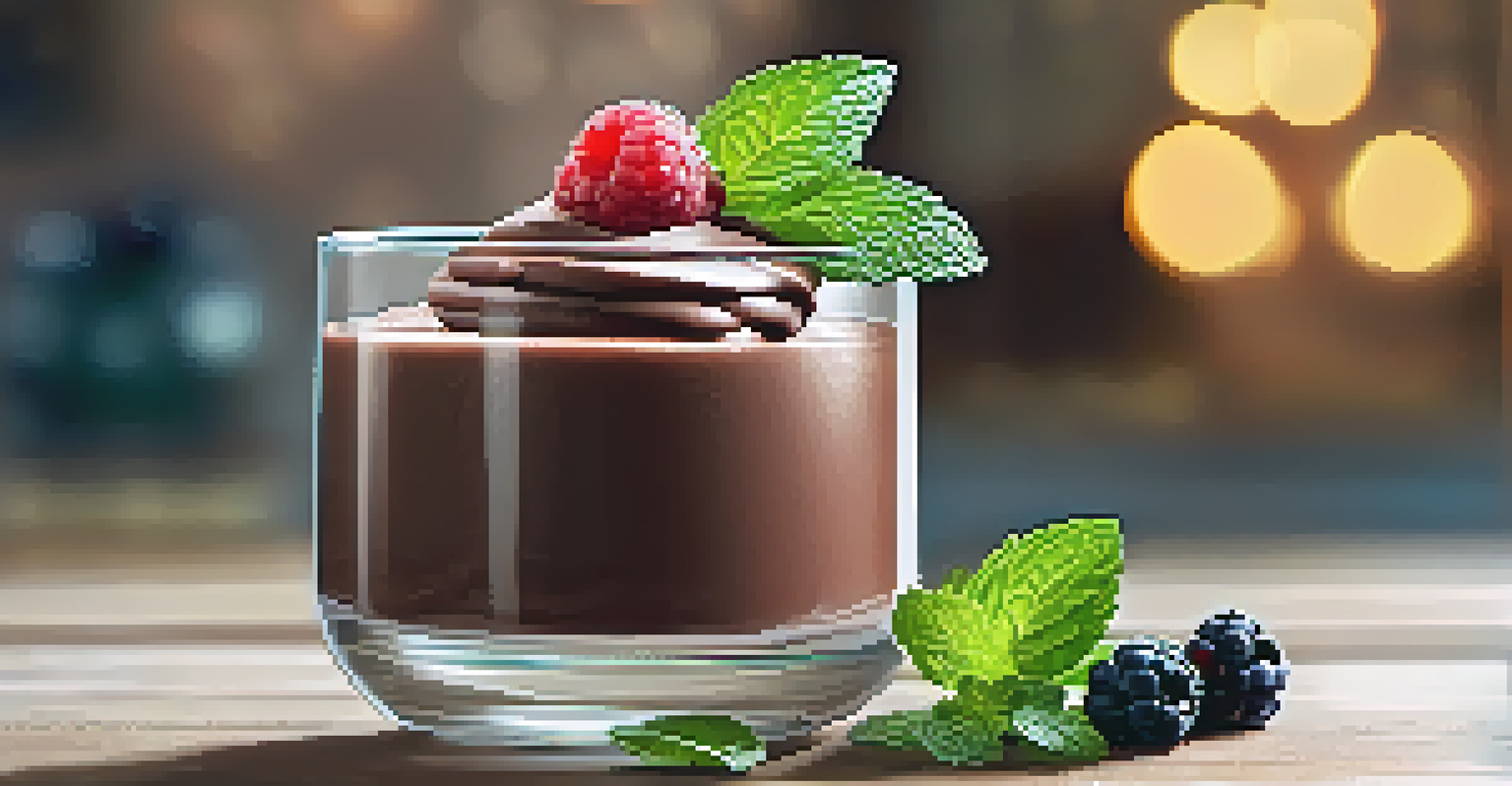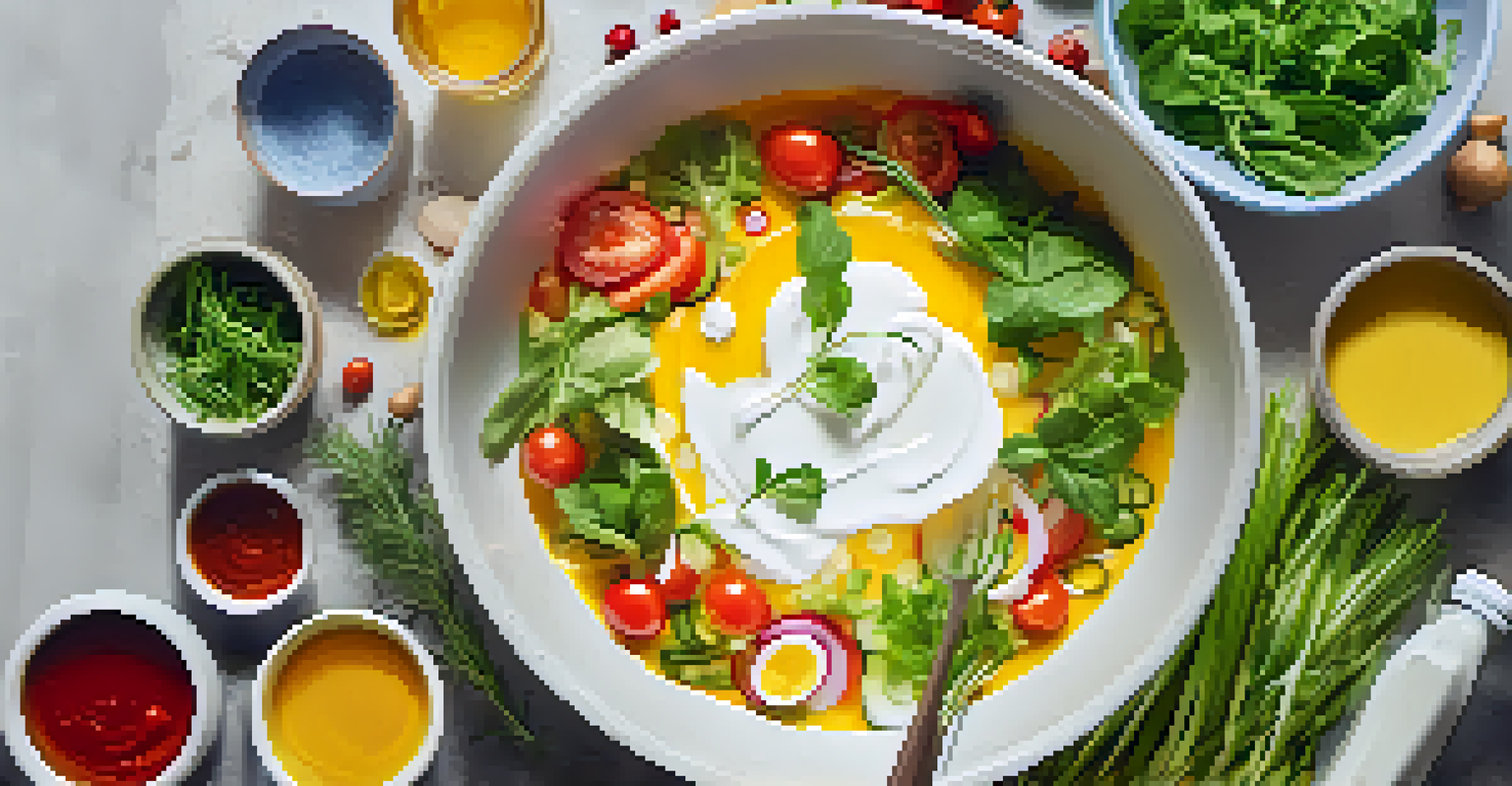Aquafaba: The Magic of Chickpea Water for Egg Replacements

What is Aquafaba and Why is it So Popular?
Aquafaba is the liquid leftover from cooking chickpeas, and it's gained popularity as a remarkable egg replacement. Many people have embraced plant-based diets, and aquafaba offers a fantastic alternative for those looking to avoid eggs. Its unique properties allow it to mimic egg whites in texture and functionality, making it a go-to for vegan baking and cooking.
The greatest wealth is to live content with little.
The term 'aquafaba' comes from Latin, where 'aqua' means water and 'faba' means bean. This clever name highlights the essence of this ingredient: simple, humble chickpea water. While it might sound unusual, the culinary possibilities with aquafaba are endless, from meringues to mayonnaise.
Thanks to its rising fame, aquafaba has become a staple in vegan recipes across the internet and social media. Home bakers and chefs alike are discovering that this chickpea magic not only serves as a substitute but also adds a delightful texture to dishes.
The Science Behind Aquafaba's Egg-like Qualities
At the heart of aquafaba's impressive abilities are its proteins and starches, which create a foamy texture when whipped. These proteins are similar to those found in egg whites, allowing aquafaba to trap air and create volume. This means that when you whip it, you can achieve that light and airy consistency often desired in desserts.

For instance, when making meringues, aquafaba can be whipped to stiff peaks, just like egg whites, resulting in a fluffy and stable mixture. This property makes it ideal for creating vegan versions of traditionally egg-heavy recipes, like soufflés and mousses.
Aquafaba: A Versatile Egg Substitute
Aquafaba, the liquid from cooked chickpeas, effectively replaces eggs in various recipes, making it a favorite for plant-based cooking.
Moreover, aquafaba is not only versatile but also forgiving. It can be used in various ratios depending on the recipe, making it an easy ingredient to work with whether you're baking a cake or preparing a salad dressing.
How to Use Aquafaba in Your Recipes
Using aquafaba in your cooking is surprisingly simple. As a general rule, three tablespoons of aquafaba can replace one whole egg, while two tablespoons can substitute for egg whites. Just strain the liquid from a can of chickpeas, or save the cooking water from dried chickpeas, and you’re ready to go.
Let food be thy medicine and medicine be thy food.
You can incorporate aquafaba into a variety of recipes. From fluffy pancakes to rich chocolate mousse, the options are practically limitless. Just be sure to consider the flavor profile of your dish, as aquafaba has a mild taste that won’t overpower most ingredients.
To get started, try whipping aquafaba with a bit of cream of tartar to stabilize it, especially when making meringues or other baked goods. With practice, you'll find it easy to adapt your favorite recipes to include this magical chickpea water.
Aquafaba: A Sustainable and Affordable Choice
Choosing aquafaba as an egg substitute aligns with sustainable cooking practices. It not only reduces food waste by utilizing a byproduct of chickpea cooking but also decreases reliance on animal products. This makes it a win-win for both the environment and your kitchen.
Additionally, aquafaba is budget-friendly. Chickpeas are relatively inexpensive, and whether you buy them canned or dried, the liquid they produce can save you money while still delivering remarkable results in your recipes. Plus, you’re likely to have it on hand if you regularly cook with chickpeas.
Sustainable and Budget-Friendly Choice
Using aquafaba reduces food waste and reliance on animal products, while being a cost-effective ingredient in the kitchen.
By incorporating aquafaba into your meals, you're not just making a dietary choice; you're also participating in a larger movement towards more sustainable eating habits. It’s a small change that can lead to significant benefits for both your health and the planet.
Common Misconceptions About Aquafaba
Despite its growing popularity, there are still some misconceptions about aquafaba. Many people assume it can't replicate the richness and flavor of eggs, but that's simply not true. With the right techniques and flavoring, aquafaba-based dishes can be just as satisfying as their egg-containing counterparts.
Another common myth is that aquafaba doesn't work in savory dishes. In reality, it can be a fantastic addition to sauces, soups, and dressings, providing a creamy texture without the need for dairy or eggs. Think about using it in creamy salad dressings or as a thickener for soups.
It's also worth noting that aquafaba can vary in consistency depending on the brand of chickpeas or how it's prepared. Experimenting with different sources can help you achieve the best results, so don’t be discouraged if your first attempt doesn’t turn out perfectly!
Aquafaba Recipes to Try at Home
Ready to dive into the world of aquafaba? Start with a classic vegan chocolate mousse, which highlights aquafaba's ability to create a light, airy texture that complements rich chocolate. Simply whip the aquafaba and fold it into melted chocolate for a decadent dessert everyone will love.
Another fabulous recipe is homemade vegan mayonnaise. Combine aquafaba with a bit of mustard, vinegar, and oil, and blend until thick. This creamy condiment can elevate your sandwiches or salads without the cholesterol found in traditional mayonnaise.
Common Misconceptions Debunked
Aquafaba not only works well in sweet dishes but can also enhance savory recipes, challenging the belief that it's limited in use.
For those with a sweet tooth, try your hand at aquafaba meringues. With just a few ingredients, you can whip up these delicate treats that are perfect for topping pies or enjoying on their own. The sky's the limit when it comes to experimenting with this versatile ingredient!
Final Thoughts on Embracing Aquafaba
As you explore the wonders of aquafaba, keep an open mind and be ready to experiment. This chickpea water is not just a substitute; it's a game-changer in the kitchen. It allows for creativity and innovation, giving everyone—from novice cooks to seasoned chefs—a chance to try something new.
By incorporating aquafaba into your cooking, you’re joining a community of food lovers who are excited about plant-based alternatives. It's not just about replacing eggs; it’s about discovering new textures and flavors that can enhance your meals.

So, whether you're vegan, allergic to eggs, or just curious, give aquafaba a try. You might just find your new favorite ingredient that adds both sustainability and magic to your cooking adventures!